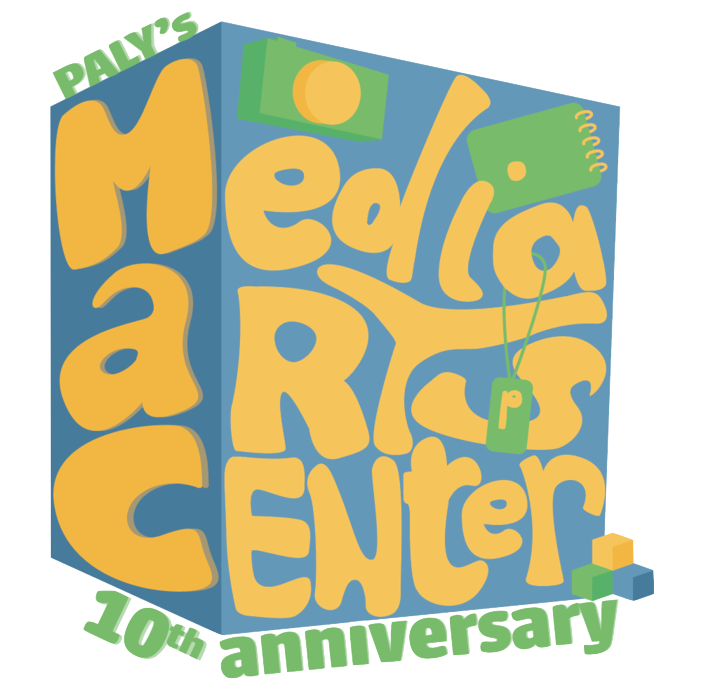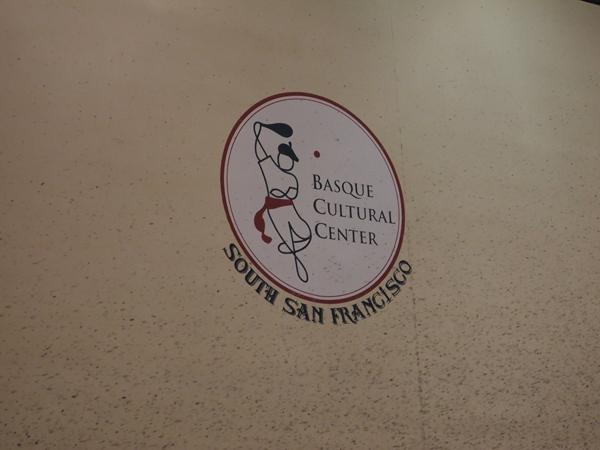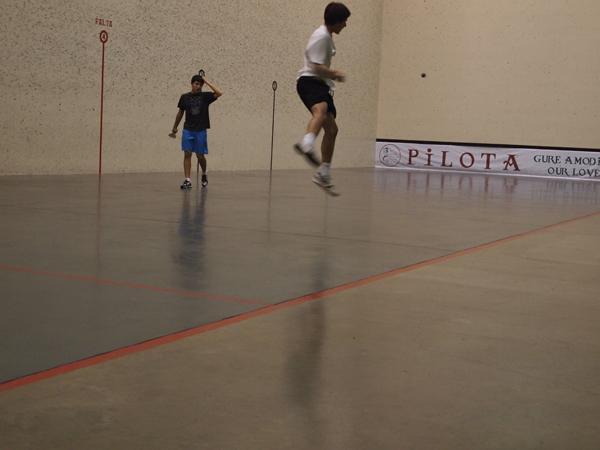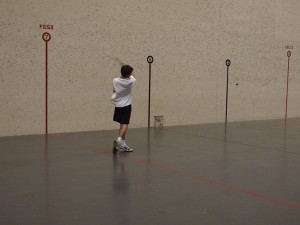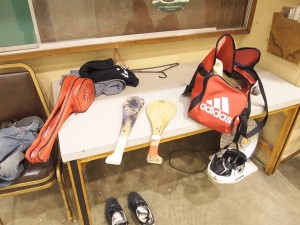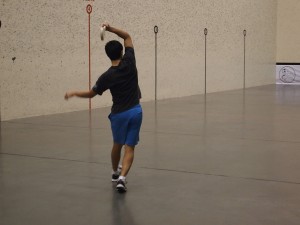First things first, I must give credit where credit is due. So Rowan Thompson, you humble genius you, I give my cordial thanks for your wonderful idea.
The suggestion was simple enough: Jai Alai, the “fastest spectator sport in the world” and that tantalizingly interesting clip you’ve seen in the Most Interesting Man in the World commercial. Now, full disclosure, we weren’t actually able to try Jai Alai. The only place in the United States with courts big enough is Florida and as much as we’d have loved to, we just don’t have the budget…yet.
Don’t be too disappointed though. It may not have been the fastest sport in the world but what I found in my search for this mysterious sport was much less humdrum than you might think. Jai Alai, it turns out, is simply the steroid-enhanced cousin in a whole family of ball-and-wall sports, and these sports are just the tip of the iceberg in a unique and close-knit culture, that of the Basque.
The Basque country is a region spanning seven provinces in Europe, four in Spain and three in France. The Basque language is a mystery in itself. With no discernible roots or definite origin, it stands alone as the only remaining language in Western Europe that predates the Indo-European Romance languages-but I digress… The culture is rich and the food is richer, but nothing about the Basque is more unique than their love of playing ball.
To get a taste of what these traditional sports are all about, trusted colleague Sam Maliska (‘11) and I drove to the San Francisco Basque Cultural Center in South San Francisco, which is fully equipped with a 36 meter court and a Zagat-rated restaurant for good measure. Sam and I met two members of the club, Gratien Etchebehere and David Alfaro, who were rallying one Monday evening at the otherwise deserted club. Gratien, a tall, bearded man and David, a good linebacker build, proved to be two of the nicest people I’ve met in Viking Tries history. After being notified of our coming just minutes before our arrival, the two nonetheless taught Sam and me all that would fit between our ears about the Basque people, culture, and sports.
Gratien and David introduced us to two paddled versions of the game, “Paleta Cuero” and “Pala Corta”. Both essentially use wooden paddles to knock a hard, roughly golf-sized, leather ball across the three-walled court at immense speed (Helmets and goggles are standard uniform). Smacking the small ball with a relatively narrow paddle was not easy at first, but we knew we were starting to get the hang of things when we hit the paddle’s sweet spot for the first time. After getting the hang of the wider, lighter paddle, we graduated to a smaller surfaced but heavier one which came with a slightly larger ball. “Pala Corta” takes quite a bit of skill and Sam and I had some pretty hilarious whiffs as we attempted to put together a rally. Regardless, the occasional solid shot we made with our glorified seal-clubbers brought a deafening crack and an awesome sense of satisfaction.
Remember the good old days of elementary school handball, you know, with blue magic (no reference to Frank Lucas) and the occasional ace? To describe Basque Pelota, you can reminisce to those glory days and then magnify your memory by about 50. Keep in mind that there are as many as 13 varieties to play. Essentially all that changes in each game is the ball and the means of throwing/hitting it against the wall, but the object is the same each time, to score points by rallying with your opponent(s) until they cannot return your shot. From your bare hands to wooden paddles, caveman-style wooden clubs and long woven baskets, the Basque may have found every color of magic in the wall-ball world.
We learned more from our trip than just balls and walls. Basque pelota provided us a window into a wholly unique culture of the world. The richness of the Basque culture reminded me that you don’t always need to leave the country to find interesting peoples from around the world. Heck, you don’t even need to leave the Bay Area. And in a place where such depth of culture abounds, to never experiment farther than Trader Joe’s Chicken Tikka Masala is truly a crime. An occasional taste of culture can do you a lot of good, just try to avoid indigestion…

